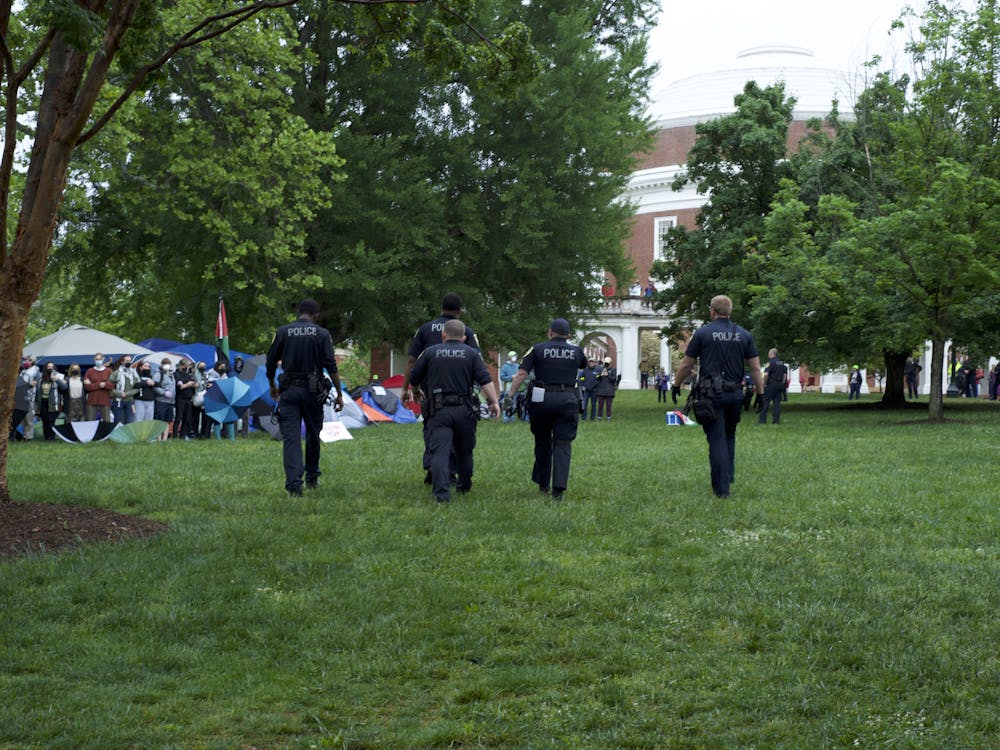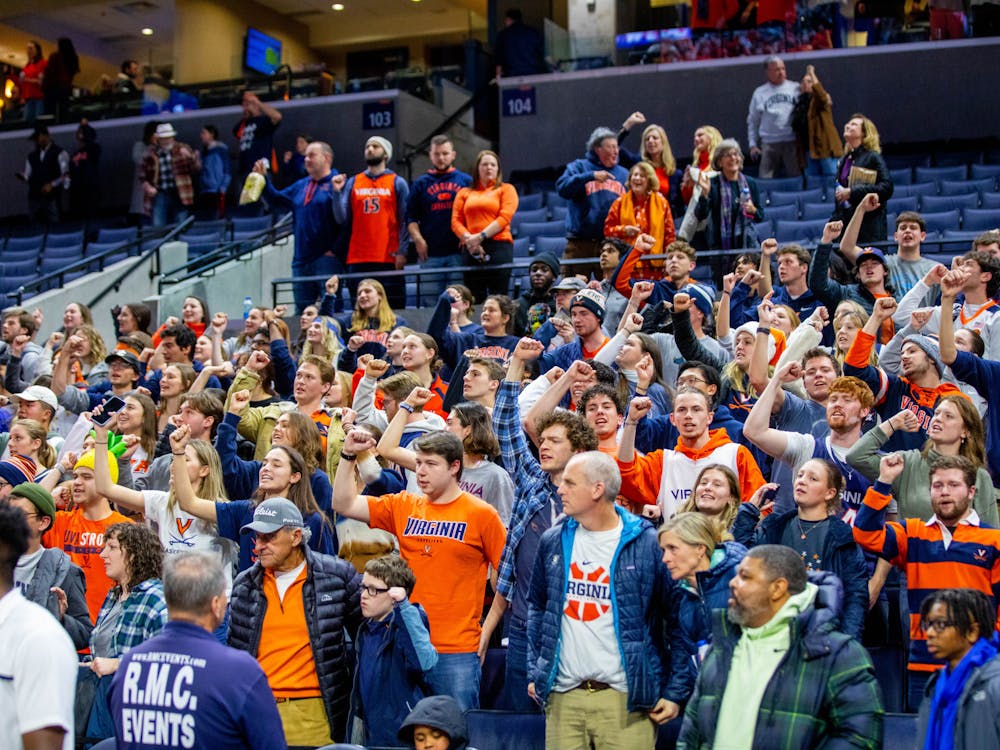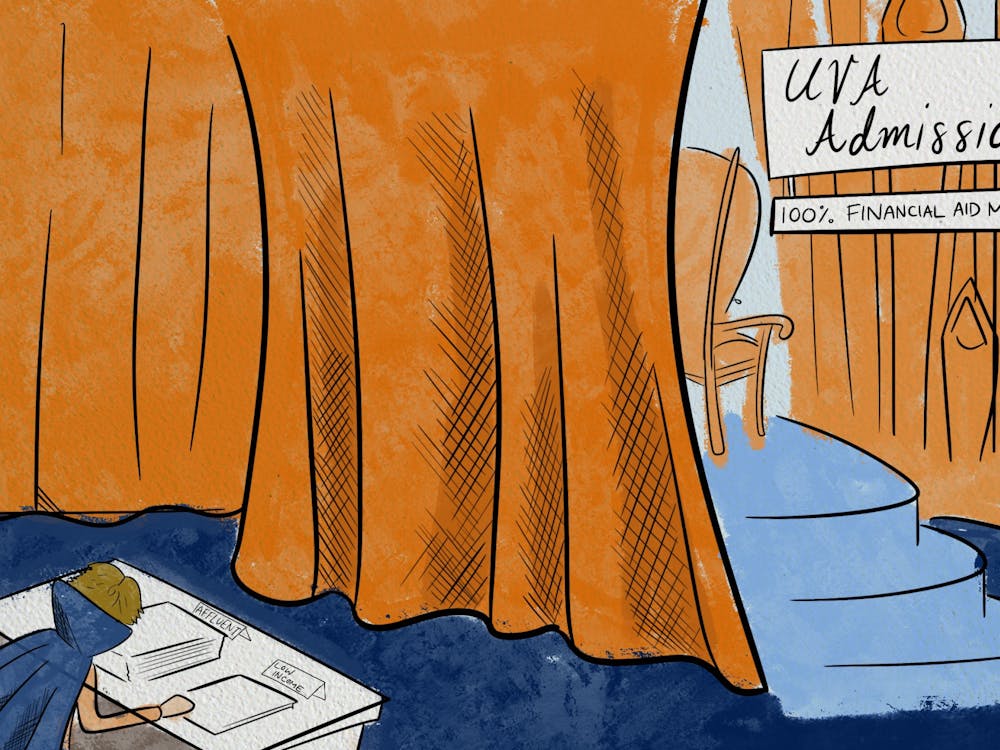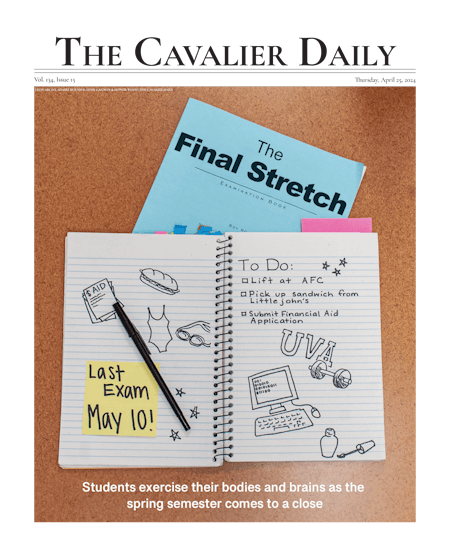On Oct. 17, the Cavalier Daily published a lead editorial entitled “Balz-Dobie fails the diversity test,” noting that “merits of honors residences aside, the dorm is grossly unrepresentative.” Viewpoint writer Tsering Say argued Balz-Dobie “fosters a sense of elitism” — an argument some may believe has merit. However, the argument Balz-Dobie is “grossly unrepresentative” is, ironically enough, grossly unrepresentative of the University’s general demographics.
The editorial board, reviewing an anonymous, non-compulsory survey conducted by Balz-Dobie residents, concluded “the survey results are alarming.” The survey found more than 40 percent of respondents reported an annual household income of at least $200,000, leaving the board to assert, “It’s hard to argue a dorm is socioeconomically diverse when nearly half of its residents have household incomes that… would place them in the top 6 percent of families.”
Such a claim, given the data, appears unconvincing at best. The data show at least 40 percent of Balz-Dobie residents have annual incomes greater than $200,000. However, the board noted that this result may be the fault of the University itself, stating that “it may be dishonest to portray this issue as unique to an honors dorm.” Indeed, the University has been cited as “one of the nation’s least socioeconomically diverse public schools,” with a median family income of $120,000 in 2005 (and likely higher since then). It is misleading to place the blame on Balz-Dobie for supposed misrepresentation — rather than on the University itself.
Balz-Dobie, in addition, does not misrepresent “low-income” students. The Balz-Dobie poll found 7.1 percent of respondents reported an annual household income of less than $25,000. As noted in a 2020 class insight article by the UVA Magazine, 7.2 percent of incoming students had a family income “less than or equal to 200 percent of the federal poverty level.” Assuming a minimum family size of three, the “low-income” threshold established by UVA Magazine is $40,890. Taking this information into account, the amount of low-income students residing in Balz-Dobie meets or exceeds that of the general UVA population — 7.1 percent of respondents have incomes below $25,000, and at least 0.1 percent of respondents have incomes from $25,000 to $34,999. Thus, at least 7.2 percent of Balz-Dobie residents are considered “low-income”; a fact which the board should have analyzed more rigorously.
Furthermore, the board claims “the racial demographics of the dorm are deeply troubling.” It stated that “63 percent of respondents are white, 3 percent are black, less than 1 percent are Hispanic, 25 percent are Asian and 8 percent are biracial.” In contrast, the University’s demographics for the Class of 2020 are 57 percent white, 7 percent African-American, 6 percent Hispanic and 14 percent Asian, among other groups. The board concluded: “The University’s ongoing struggle with diversity becomes even worse in its honors dorm… Balz-Dobie doesn’t only reflect the University’s lamentable demographic problems — it intensifies them.”
The position that the University has a “lamentable demographic problem” is a problem in itself — the U.S. Census Bureau found that the United States is 63.7 percent white, 12.2 percent black, 4.7 percent Asian and 16.3 percent Hispanic, among other groups. The position that Balz-Dobie is unrepresentative of the University directs blame towards the wrong target; as can be seen from the data provided, the University itself enrolls a lower percentage of African Americans and Hispanics when compared to national averages. In addition, the Balz-Dobie poll listed 8 percent of its respondents reply as “biracial.” A 2015 Pew Research Center poll found that 12 percent of multiracial Americans consider themselves black-American Indian, 11 percent black-white, 11 percent multiracial Hispanic and only 4 percent white-Asian. This suggests, of course, that respondents who identified as “biracial” were less likely to be Asian and more likely to be African-American or Hispanic, thus skewing the poll’s results towards creating an overrepresented Asian proportion.
The board further argues that “the data we have from the Balz-Dobie dorm survey does suggest the dorm is not socioeconomically diverse.” Their argument appears to be based on two points: firstly, that the dorm holds an excessively large percentage of high-income residents, and secondly, the dorm holds far too many whites and Asians compared to the University’s general demographics. The board itself shows restraint in attempting to prove its first point. Furthermore, the board has exaggerated the lack of diversity in Balz-Dobie, choosing to focus on Balz-Dobie for its supposed misrepresentation instead of focusing on a University-wide issue.
The board appears to be fixated on the idea that dorms should be socioeconomically representative of the University’s demographics. Socioeconomic diversity, of course, is not a bad thing. However, reconsidering the honors selection process for students based on their socioeconomic status, rather than academic merit, undermines the entire purpose of an “honors program” at the University. The board’s exaggerated rhetoric for Balz-Dobie’s purported “lack of socioeconomic diversity” is, unfortunately, based on incomplete fact.
William Wong is a Viewpoint writer.




